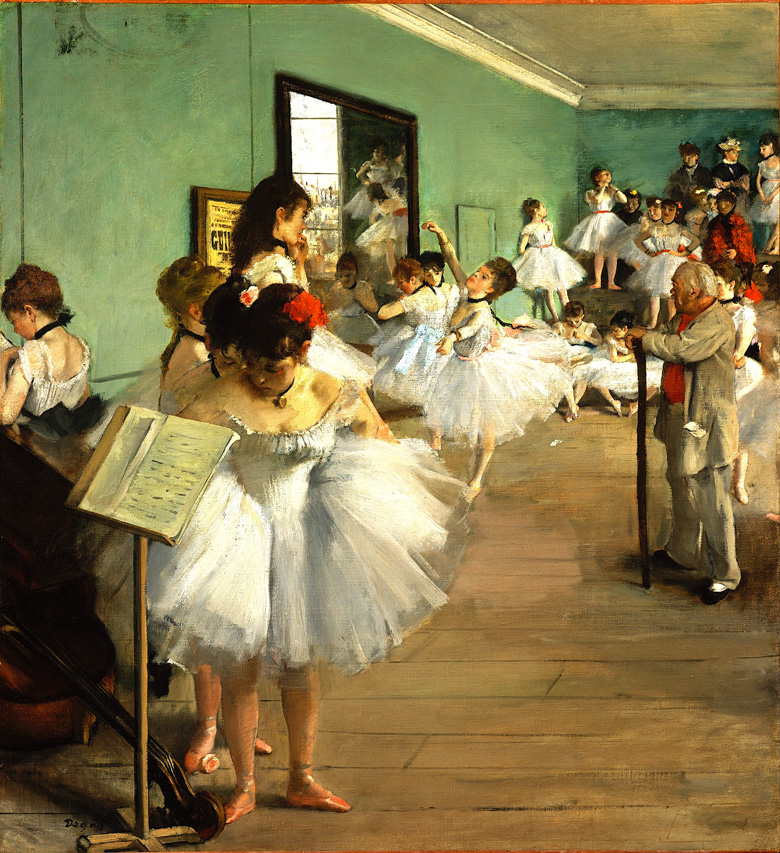Degas – The painter of dance

“Degas: A Passion for Perfection” is an exhibition at Denver Museum(USA) organized in association with the Fitzwilliam Museum at the University of Cambridge, England.

French artist Edgar Degas was extraordinary prolific: he did paintings, drawings, pastels, etchings, monotypes and sculptures in clay and bronze. His recurring themes throughout his 60-year career were dancers, nudes and horses. He was interested in learning from the artists of the past and from his contemporaries. He was deeply influenced by Ingres, Delacroix y Paul Cézanne.

He had a lifelong fascination with the female nude and was interest in horses but his strongest passion was live at the theatre and specially the dancers delicate movements.

Edgar Degas (1855-1906) spend hours depicting repetition of his admired classical dancers. His artistic journey went through a transformation from portraitist to his devotion to paint XIX Century life in Paris. Like an innovative choreographer of the arts, he experimented constantly developing techniques that allowed him to capture modern subject matter through sharp and precise lighting, such as dance studios, café concerts, street scenes, horse races and theatrical settings with new electric lighting.

His work in all media was a constant exploration process. Degas invented an oil medium known as l’essence: oils in oil pigment are leached out and mixed together with paint thinner. But his vital contribution to the art world were his compositions, inspired in the first Japanese prints that started to arrive in Paris creating a decorative fashion called “Japonisme”.

